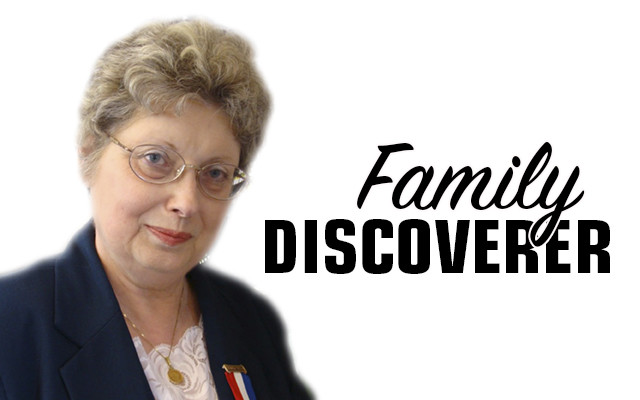
Watch those clues
I’ve been entering information from vital records (birth, marriage, death) into my genealogical software program. When you do the same chore remember that every category on the form can hide a valuable clue. Yes, it takes time and the temptation to skip all that in favor of researching is great, but if you don’t enter everything you take a chance you’ll eventually forget all the details and some of those may be what you need in the future.
Here are some examples of what you may find starting with the death certificate. Here you find the date and place of death, cause, and burial date and cemetery. But there’s much more including occupation, place of residence at time of death, the name of the spouse or informant, social security number, education, military service, parents’ names and often birthplaces.
Think what can be done with this information. Clues to residency can lead you to town records. A social security number may allow you to purchase a copy of the original application. If military service is indicated you may be able to obtain copies of official records detailing your ancestor’s service. Should the spouse’s name not agree with your records, it likely points to a second marriage. All these clues open up possible research you haven’t done.
Birth records can give us more including date of birth, birth order of the child, parents’ names, birthplaces and occupations. Take special note of the residence line. Most women gave birth in a hospital but that doesn’t mean that was where they lived. Also, keep an eye on the birth order of a child. If you find a child listed as a seventh child, and you only know of three, more research is definitely in order.
Marriage records are great resources. Most contain the name of the couple’s parents, where they and their parents were born, current residences of all, occupations and the ages of the couple. Sometimes the engaged couple didn’t know details of their parents’ lives, such as full names, birthplaces, or even where they lived. All this is a red flag for further research.
Much of the information on these vital records will lead you naturally to more research but that won’t happen if you don’t carefully read and note the entire document. What doesn’t seem important now may be the very clue you need when you’re smashed up against a brick wall.
Earlier vital records contain less information. Here in Maine the magic date is 1892 when more questions were asked, answers recorded on a standard form, and duplicates sent to the state.
My advice is to remember you want to record the whole darned thing. Never leave a clue to your ancestry filed away, out of mind, or destroy a record itself. Your software will serve you well recording all the details from official documents. You can also scan the document right into your software where it can be retrieved if you need to check an entry.
Final word: Never leave a clue behind.
Nancy Battick is a Dover-Foxcroft native who has researched genealogy for over 30 years. She is past president of the Maine Genealogical Society, author of several genealogical articles and co-transcribed the Vital Records of Dover-Foxcroft. Nancy holds an MA in History from UMaine and lives in Dover-Foxcroft with her husband, Jack, another avid genealogist. You can contact Nancy at nbattick@roadrunner.com.